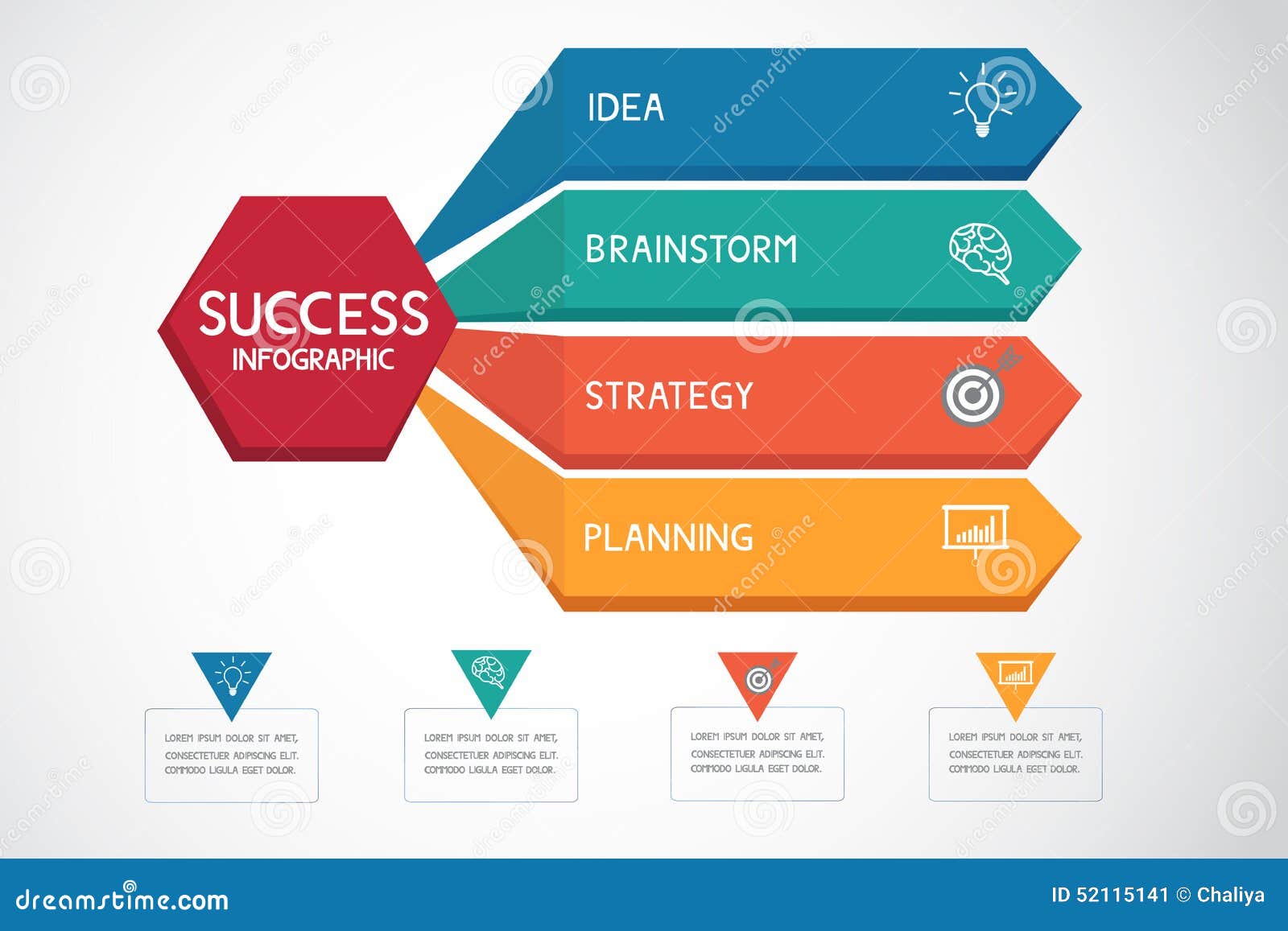Basic Elements Of Web Design: Standards For Creating A User-Centric Site
Basic Elements Of Web Design: Standards For Creating A User-Centric Site
Blog Article
Web Content Composed By-Abildtrup Secher
When it comes to web site style, ensuring user-friendliness is key. From receptive style to structured navigation, every aspect plays an important duty in producing a site that deals with your target market's requirements. Yet what about the better information that can make or break a customer's searching experience? Stay tuned as check it out discover some often-overlooked suggestions that can raise your website's usability to the following level, making it truly stand apart in the digital landscape.
Significance of Responsive Design
Receptive design is a critical aspect of modern site development. Guaranteeing your internet site is responsive ways that it can adjust to different screen sizes and devices, giving a smooth experience for customers.
With the increasing use smart devices and tablet computers to access the net, having a receptive style is important for reaching a bigger target market. It aids in enhancing user experience by making your internet site easy to browse and keep reading any kind of device.
Furthermore, receptive design can favorably impact your online search engine positions, as search engines like Google focus on mobile-friendly sites. By having a responsive layout, you're additionally future-proofing your web site, as new devices with varying screen sizes continue to emerge.
Simplify Navigation Structure
To improve individual experience and help with easy accessibility to info on your website, improving the navigating structure is critical. When creating your website, concentrate on creating a clear and user-friendly navigating food selection that aids visitors find what they're looking for quickly.
https://scaddistrict.com/2022/07/03/3-essential-seo-tips-for-your-online-portfolio/ of menu products to the basics, organizing related pages together to stay clear of frustrating users. Usage descriptive labels that clearly show the content of each web page, making it easier for individuals to recognize where each link will take them.
Consider carrying out dropdown menus for subcategories to stop cluttering the primary navigation bar. Furthermore, include a search bar plainly on the web page for customers who prefer looking for particular info.
Focus on mobile responsiveness in your navigation design to guarantee simple accessibility on all gadgets.
Optimize Page Load Rate
Improving web page tons speed is vital for keeping site visitors on your internet site. Slow-loading web pages irritate individuals and can lead to high bounce rates. To maximize page lots speed, start by optimizing images. Press pictures without endangering top quality to lower their documents sizes.
Additionally, enable web browser caching to keep regularly accessed sources locally, accelerating tons times for returning visitors. Minify CSS, JavaScript, and HTML files by removing unneeded personalities, comments, and format, enhancing tons speed.
Take into consideration using a web content distribution network (CDN) to disperse your internet site's material throughout numerous web servers worldwide, lowering latency for customers accessing your site from various places. Finally, restrict the use of third-party scripts and plugins, as they can dramatically impact tons times.
Conclusion
To conclude, by integrating receptive style, simplifying navigation, and maximizing web page tons speed, you can produce an user-friendly internet site that attract a wider target market and enhances customer experience. These essential elements guarantee that site visitors can easily access and navigate your site across various gadgets, resulting in raised interaction and satisfaction. By concentrating on these key facets, you can develop a successful website that maintains users coming back for more.
